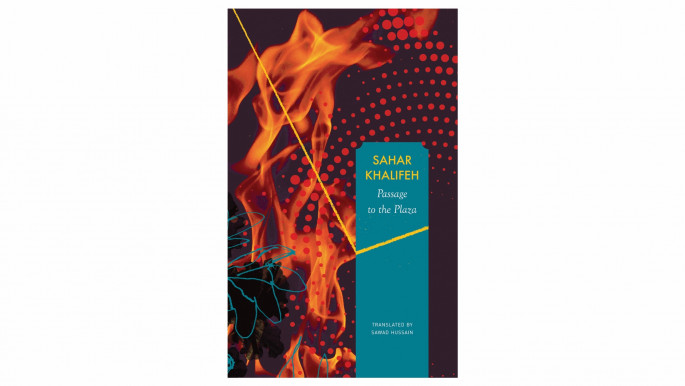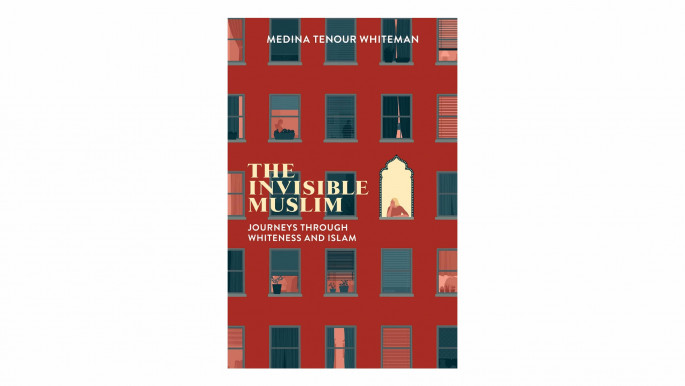A Place Between Two Places: The Qur'anic Barzakh
What happens to us when we die is an age-old question accompanied by a series of anxieties.
For religious believers, these worries might include reincarnation, going to heaven or hell, or the fate of those who are sinful.
In the Christian tradition, a possibility of redemption is offered to believers who die in sin through an intermediary place between heaven and hell called purgatory (Protestants reject this concept). If the soul passes through purgatory successfully, the sins are wiped clean and the soul is free to enter paradise.
Islam too has a similar concept to purgatory called Barzakh, which is Persian for 'barrier' or 'partition'. How Muslims make sense of what Barzakh is, and how the concept evolved over early and medieval Islam, is explored in George Archer's new book A Place Between Two Places: The Qur'anic Barzakh.
Barzakh is only mentioned a handful of times in the Qur'an and is depicted as a place where the soul has left the body, but has not yet entered heaven or hell.
Archer traces the evolution of the concept of Barzakh into three distinct sections, the Meccan period of the Qur'an, the Medinan period of the Qur'an and the medieval Islamic period after the Qur'an's revelation had ended.
 |
Barzakh is only mentioned a handful of times in the Qur'an and is depicted as a place where the soul has left the body but has not yet entered heaven or hell |  |
The idea of an intermediary state was an idea the first Muslims as Near-Easterners would have been familiar with; Eastern Christians had developed a notion of 'soul sleep' where the dead would only awaken on the day of resurrection.
Analysing 16 chapters of the Qur'an, Archer employs a "ring structuring" approach, where he takes these different chapters in different parts of the holy scripture telling seemingly stand-alone stories and tries to find the relationship between them that gives the greater meaning. "The Suras as we have them very often appear to be meaningfully structured in harmony with their content," Archer argues.
 |
|
| Read more from The New Arab's Book Club: Passage to the Plaza: Palestinian women tell the story of revolution |
The Qur'an comes into the world during a time when religious ideas are being contested. During the Meccan period of the Qur'an, we see an argument being made against praying to the dead for help in this life.
It uses stories like the 'People of the Cave', which in Christian tradition is called the story of the 'Seven Sleepers', to advance an idea that the dead are asleep and unaware of the mortal world.
Thus, worshipping them is useless, whereas God never sleeps and so is the only one you should worship. For the theologian, understanding this gives us an idea of what Islamic beliefs have to say. For the historian, it gives us an insight into what concerned the early Muslims.
The study of intermediary states serves both purposes and enables us to develop a picture of early Islam as a historical movement.
Whereas the world of the Qur'an was concerned with Pagan and Christian worship, as the period fades and Islam expands, concerns shift from interfaith to intrafaith dialogue.
 |
George Archer's book is part of a wave of critical early Islamic scholarship that aims to explore historical questions neglected by previous Western historians |  |
The discussion of intermediary states moves into debates about Islamic orthodoxy - Archer suggests that it was during the 8th-10th centuries – as focus shifted to talking about the visitation of the angels to the grave.
Most people raised in the Muslim faith are familiar with this aspect of the intermediary state, where upon death, as a person lies in their grave, two angels appear to awaken them from their deathly sleep and, once up, interrogate the deceased over their beliefs.
 |
|
| Read more from The New Arab's Book Club: The Invisible Muslim: Journeys Through Whiteness and Islam |
More literature and treaties start to appear that expand upon this idea. It is here that Islam starts to develop distinct ideas about the afterlife and a full eschatological tradition of its own.
George Archer's book is part of a wave of critical early Islamic scholarship that aims to explore historical questions neglected by previous Western historians. Islamic concepts of the afterlife, the end times, intermediary states and eschatology remain poorly understood.
Engaging with Archer's text, whether one agrees with it or not, aims to give the historian a way to think through the debate. It throws out novel questions and would be of use to anyone interested in the development of early Islam. One hopes that with better understanding, better scholarship can emerge, and critically engaging with books like 'A Place Between Two Places' can drive such discussions and enquiries forward.
Usman Butt is a multimedia television researcher, filmmaker and writer based in London. Usman read International Relations and Arabic Language at the University of Westminster and completed a Master of Arts in Palestine Studies at the University of Exeter.
Follow him on Twitter: @TheUsmanButt
The New Arab Book Club: Click on our Special Contents tab to read more book reviews and interviews with authors:
 |
|



